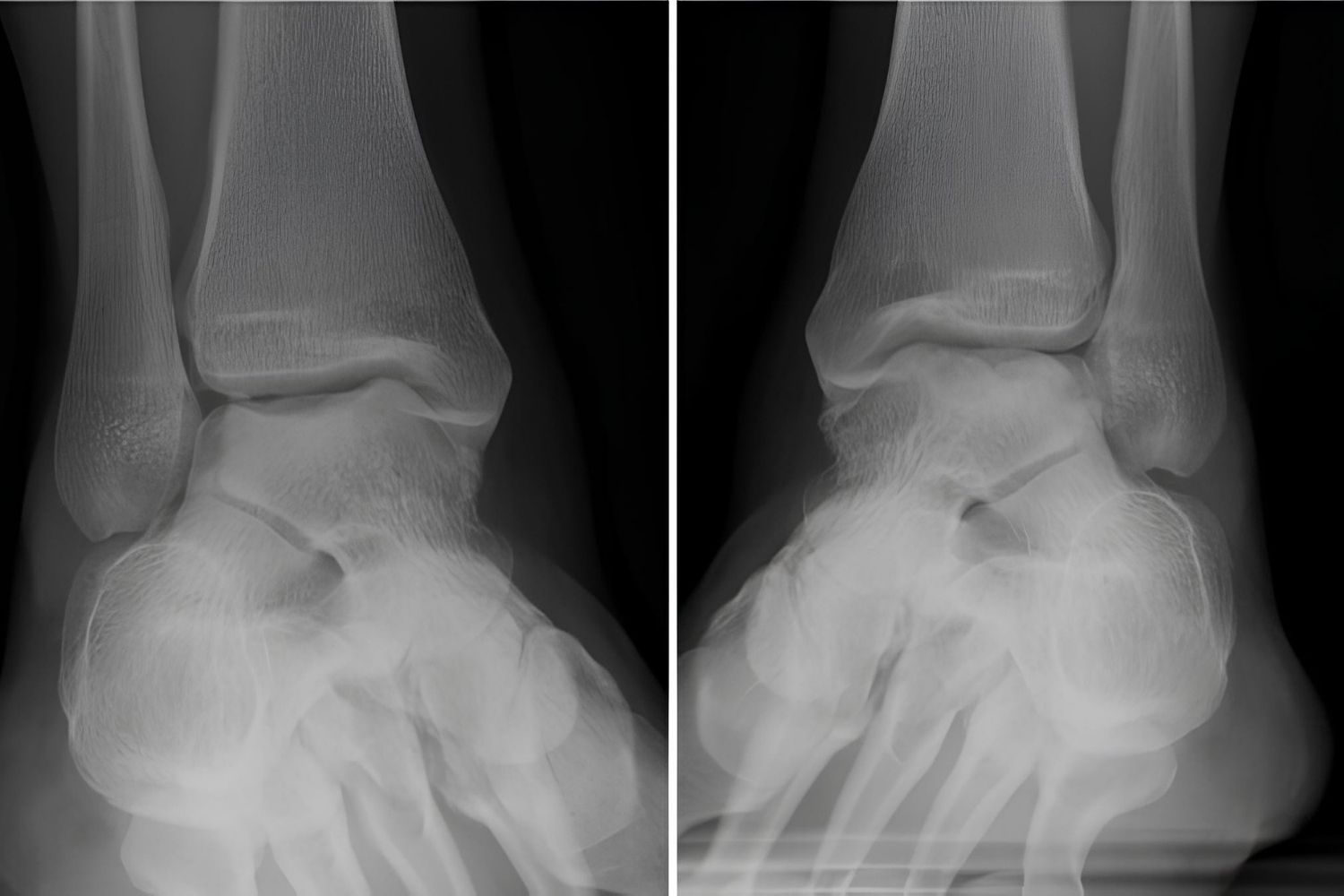
Kashin–Beck Disease is a chronic, degenerative disorder affecting bones and joints, primarily found in rural areas of China, North Korea, and Siberia. This disease leads to stunted growth, joint pain, and deformities, making daily activities challenging for those affected. Kashin–Beck Disease is linked to environmental factors like low selenium levels in soil, contaminated water, and mycotoxins in food. Despite extensive research, the exact cause remains elusive. Understanding this disease is crucial for developing effective prevention and treatment strategies. Here, we delve into 30 intriguing facts about Kashin–Beck Disease to shed light on its impact, causes, and ongoing research efforts.
Key Takeaways:
- Kashin–Beck Disease primarily affects children in certain parts of Asia, causing joint deformities and stunted growth. It's linked to selenium deficiency and can be managed with selenium supplementation and proper nutrition.
- Prevention strategies for Kashin–Beck Disease include improving soil and water quality, educating communities about grain storage, providing access to selenium supplements, and regular health screenings for children in high-risk areas.
What is Kashin–Beck Disease?
Kashin–Beck disease (KBD) is a chronic, degenerative osteoarthropathy. It primarily affects children and adolescents in certain regions of Asia. This condition leads to joint deformities and stunted growth.
- KBD is named after two Russian doctors, Nikolai Ivanovich Kashin and Evgeny Vladimirovich Beck, who first described it in the 19th century.
- It mainly affects children between 5 and 15 years old, causing significant growth retardation and joint issues.
- The disease is prevalent in rural areas of China, North Korea, and Siberia, where it affects thousands of people.
- KBD is linked to selenium deficiency in the diet, which is crucial for bone and joint health.
- Symptoms include joint pain, stiffness, and swelling, often leading to severe deformities if untreated.
Causes and Risk Factors
Understanding the causes and risk factors of KBD can help in its prevention and management. Several environmental and dietary factors contribute to its development.
- Low selenium levels in soil and water are a significant risk factor for KBD.
- Mycotoxins produced by fungi in stored grains have been implicated in the disease.
- A diet lacking in essential nutrients, particularly selenium and iodine, increases the risk.
- Genetic factors may also play a role, though they are not fully understood.
- Poor living conditions and lack of access to healthcare exacerbate the problem in affected regions.
Symptoms and Diagnosis
Recognizing the symptoms early can lead to better management of KBD. Diagnosis often involves clinical evaluation and imaging studies.
- Early symptoms include joint pain and stiffness, particularly in the fingers, wrists, and knees.
- Affected children often have short stature and limb deformities, making physical activities challenging.
- Radiographic imaging shows characteristic changes in the growth plates of bones.
- Blood tests may reveal low levels of selenium and other essential nutrients.
- A thorough medical history and physical examination are crucial for accurate diagnosis.
Treatment and Management
While there is no cure for KBD, various treatments can help manage symptoms and improve quality of life. Early intervention is key.
- Selenium supplementation has shown promise in reducing symptoms and preventing progression.
- Physical therapy can help maintain joint function and reduce pain.
- Nutritional interventions, including a balanced diet rich in essential nutrients, are crucial.
- Surgical options may be considered for severe joint deformities, though they are not always available in affected regions.
- Community health programs focusing on education and prevention can make a significant difference.
Prevention Strategies
Preventing KBD involves addressing the underlying causes and improving living conditions in affected areas. Public health initiatives play a vital role.
- Improving soil and water quality to increase selenium levels can help prevent KBD.
- Educating communities about proper storage of grains to avoid mycotoxin contamination is essential.
- Providing access to selenium supplements and fortified foods can reduce the incidence of the disease.
- Regular health screenings for children in high-risk areas can lead to early detection and intervention.
- International collaboration and research are needed to develop effective prevention strategies.
Impact on Communities
KBD has a profound impact on affected communities, influencing not just health but also social and economic aspects.
- Children with KBD often face social stigma due to their physical deformities.
- The disease can limit educational and employment opportunities, perpetuating cycles of poverty.
- Families may struggle with the financial burden of managing a chronic illness.
- Community health resources are often strained, making it difficult to provide adequate care.
- Raising awareness and providing support can help improve the lives of those affected by KBD.
The Final Word on Kashin–Beck Disease
Kashin–Beck disease, a chronic joint disorder, primarily affects children in rural areas of China, Tibet, and Siberia. This condition leads to stunted growth, joint pain, and deformities, making daily activities challenging. While the exact cause remains unclear, factors like poor nutrition, contaminated water, and genetic predisposition play significant roles. Prevention focuses on improving diet, ensuring clean water, and early medical intervention. Though there's no cure, treatments like physical therapy and pain management can enhance quality of life. Understanding and addressing the root causes are crucial for reducing its impact. By spreading awareness, supporting research, and advocating for affected communities, we can make strides in combating this debilitating disease. Stay informed, support initiatives, and contribute to a healthier future for those at risk.
Frequently Asked Questions
Was this page helpful?
Our commitment to delivering trustworthy and engaging content is at the heart of what we do. Each fact on our site is contributed by real users like you, bringing a wealth of diverse insights and information. To ensure the highest standards of accuracy and reliability, our dedicated editors meticulously review each submission. This process guarantees that the facts we share are not only fascinating but also credible. Trust in our commitment to quality and authenticity as you explore and learn with us.
